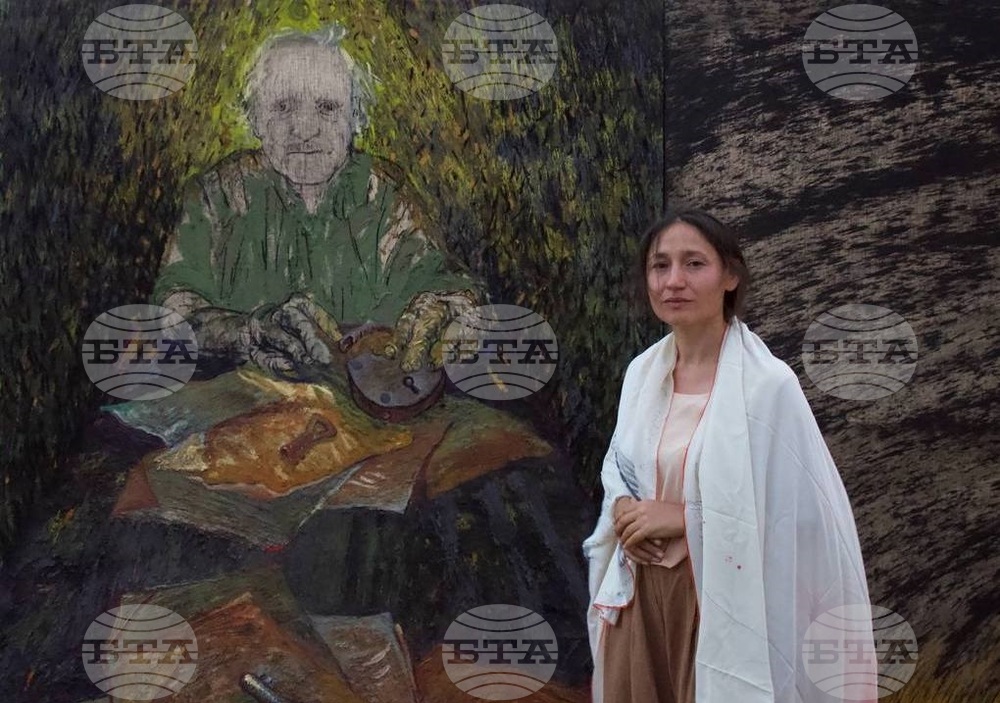site.btaBessarabian Bulgarian Yona Tukuser Presents Exhibition about Holodomor of 1946-1947


Bessarabian Bulgarian artist Yona Tukuser presented an exhibition for the first time in her native village of Glavan in Ukraine's Bolgrad District. The exhibition is dedicated to the Holodomor of 1946-1947.
Tukuser told BTA that she chose to make the exhibition in her birthplace because she has been in Glavan for the last three years and her great desire is to acquaint Bessarabian Bulgarians with her art and the subject of famine.
For the past 15 years, Tukuser has been researching and recreating in paintings the tragedy of the Bessarabian Bulgarians during the Holodomor of 1946-1947. She has had many exhibitions in Sofia, the USA, and Europe.
When asked about her future plans, she said that last year, the Ukrainian Suspilne TV began filming a documentary about her paintings and research about the famine of 1946-1947. The film will premiere in Ukraine in November. The exhibition is also due to travel to Western Europe.
"My dream during these 15 years was that scholars would pay serious attention to the subject of the famine in Bessarabia in 1946-1947. And this has happened, for which I am very happy," said Tukuser.
Since 2009, she has been researching historical materials about the famine in Ukraine and the Soviet Union from 1921-1923, 1932-1933, and 1946-1947, using an academic approach to selecting sources of information from archives and personal interviews with living witnesses who survived the famine.
The results of the research on the subject serve to recreate the Soviet famine in Ukraine through the means of painting. Her first exhibition, "Famine", was presented in March 2011 in Sofia.
Tukuser has donated a work of hers, "Bessarabia", to the Kvadrat 500 National Gallery. The painting is inscribed that "on the territory of Ukraine there are two large Bulgarian communities - in Bessarabia and Tavria. During the two Holodomors of 1921-1923 and 1932-1933, 30,000 people died among the Bulgarians in Tavria. Until the beginning of World War II, the Bulgarians in Bessarabia were within the borders of Romania. In the winter of 1946-1947, the Stalinist government also organized a Holodomor in Bessarabia, in which over 70,000 ethnic Bulgarians died. In total, about 100,000 Bessarabian and Tavrian Bulgarians died in the three Stalinist Holodomors, which is one-third of their number."
/RY/
news.modal.header
news.modal.text